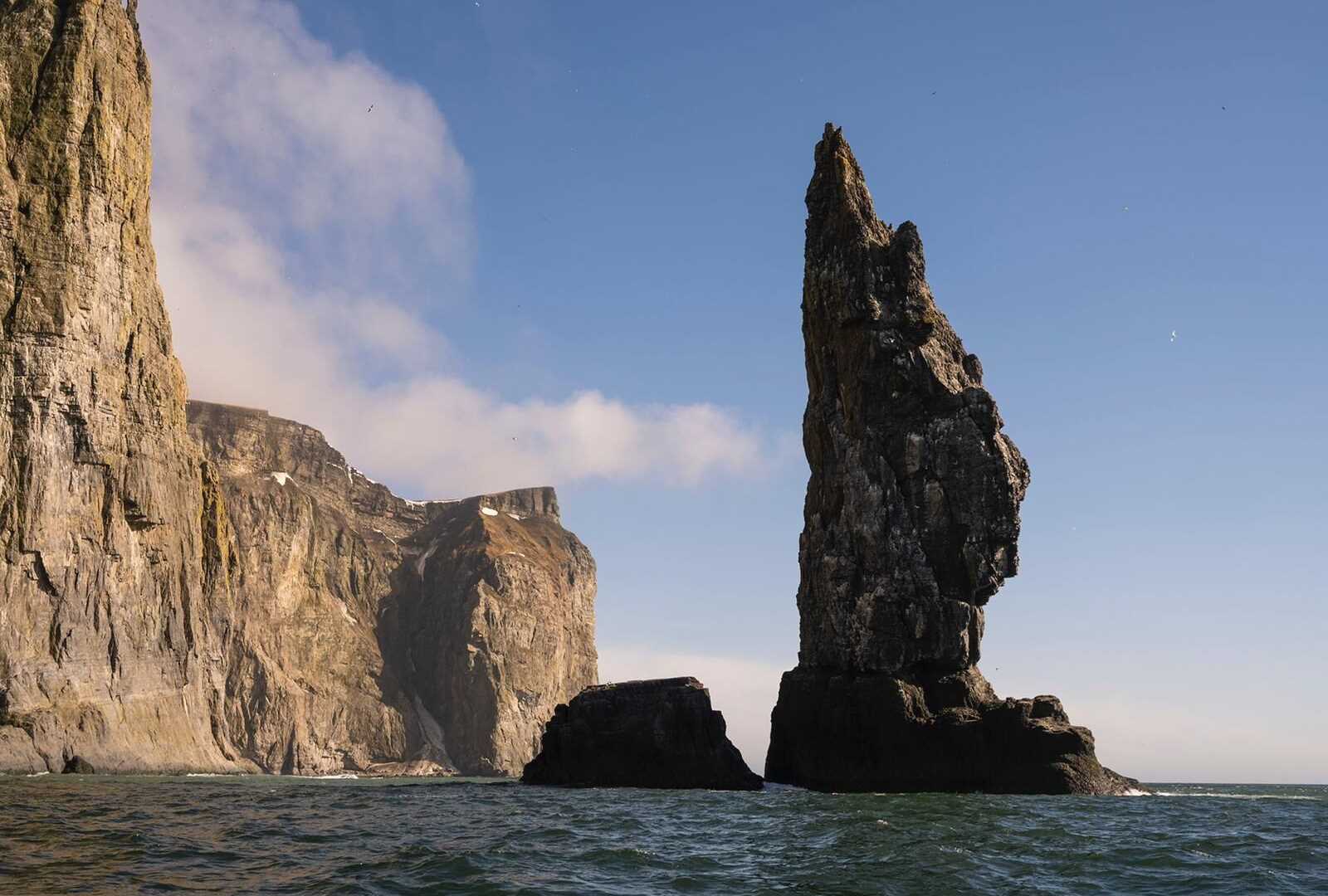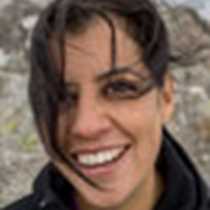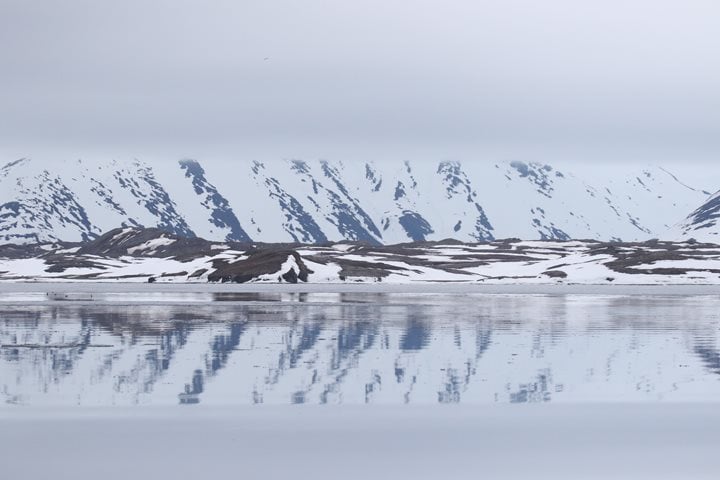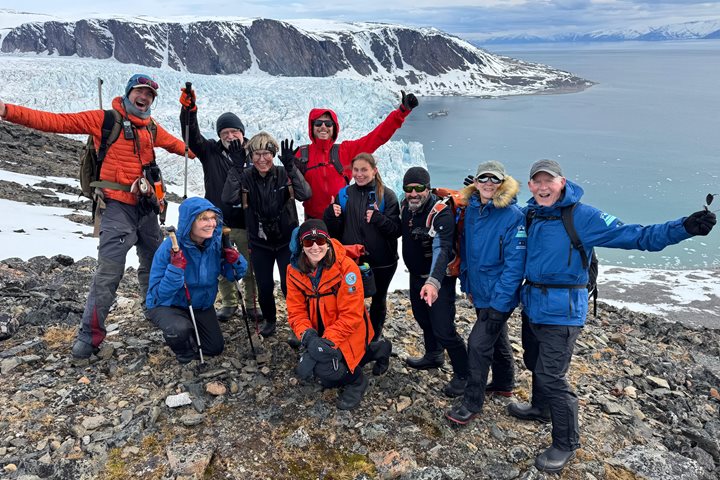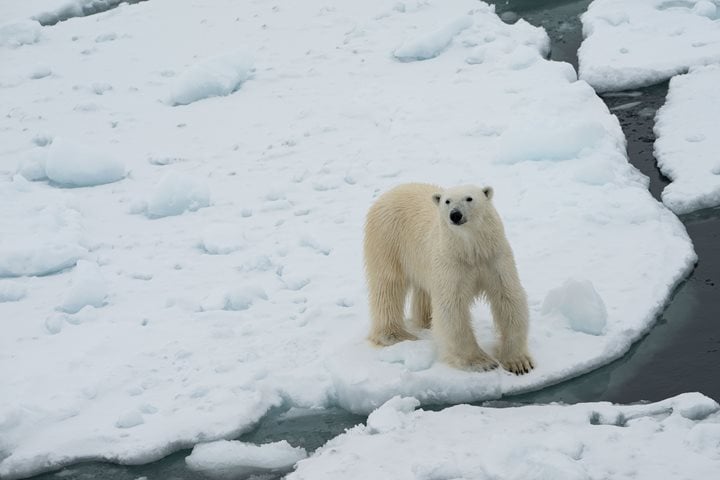In the morning, National Geographic Endurance made its way to Bjornoya, or Bear Island, a truly spectacular place with many high cliffs buzzing with bird activity. As the southernmost island of the archipelago, Bjornoya is ecologically quite different from the rest of Svalbard. We approached the island from the west. This provided us with the opportunity to explore the coastline that was sheltered from the swell coming from the opposite direction. We lowered our Zodiacs to explore the coastline and the cliffs more closely. Hundreds and hundreds of auks, northern fulmars, kittiwakes, and glaucous gulls–in flight and on the water–delighted us with an unforgettable wildlife experience.
In the meantime, the undersea team went exploring underwater, right at the foot of the sea stack that dominates the southern view of the coastline. During their dive, they found colonies of aggregated tunicates growing on the rocky walls of the cliffs, as well as laminaria algae, sponges, and decorator crabs. All this marine life thrives directly under the colonies of guillemots along the rocky outcrops and walls, filtering the nutrients in the water constantly brought in by the currents.

